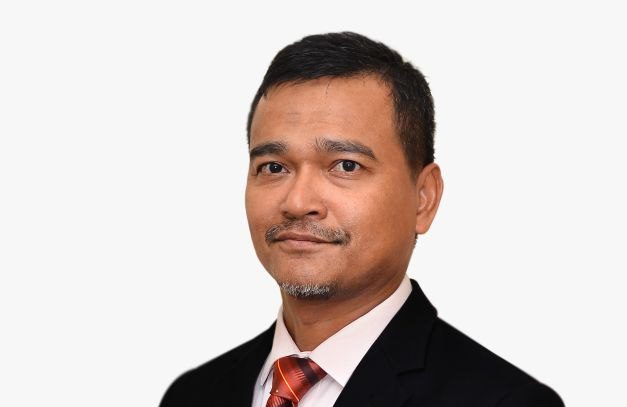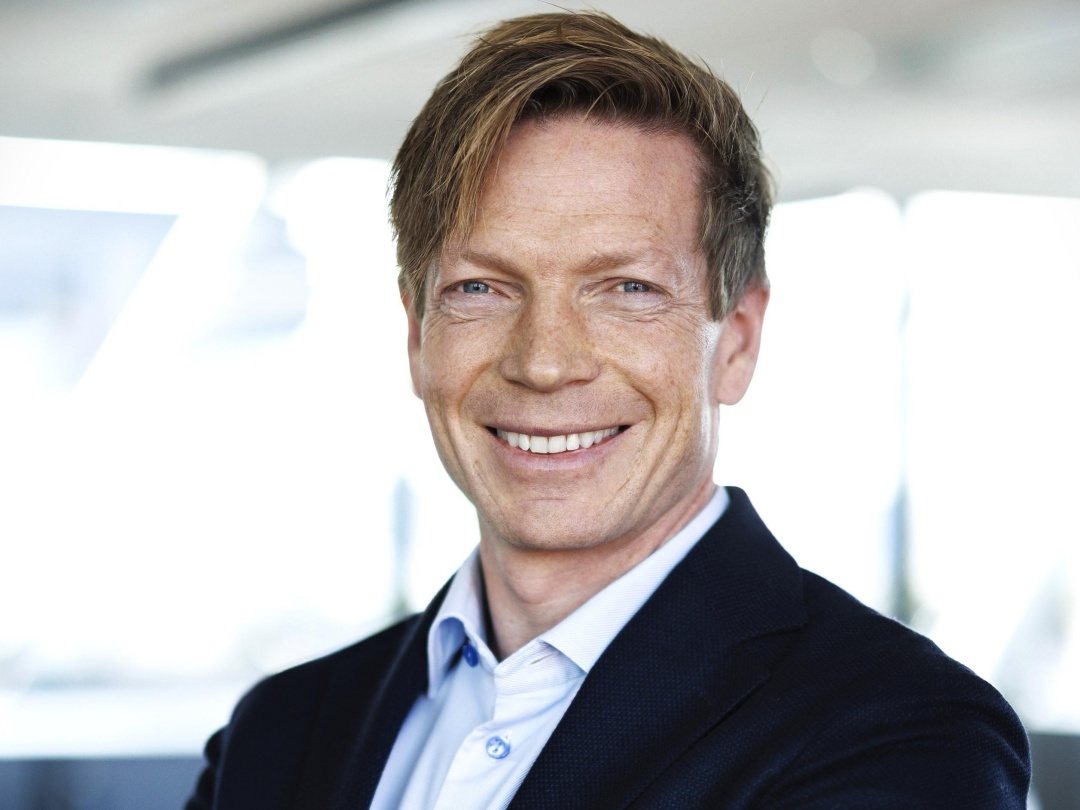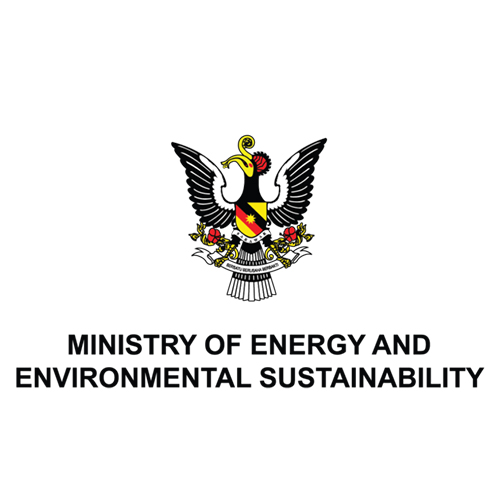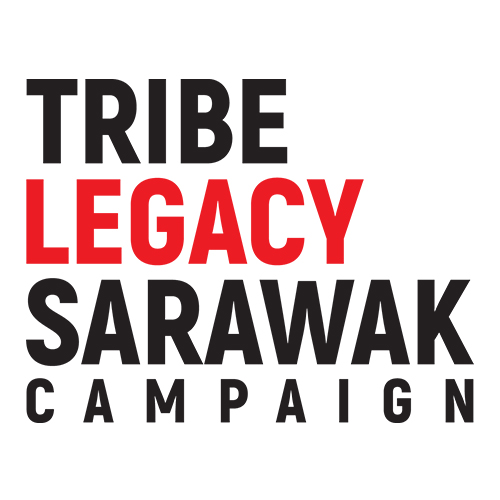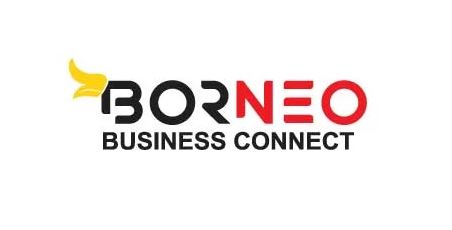KUCHING: As global momentum builds for clean energy solutions, the Hydrogen Economy Forum (H2EF) 2025 in Kuching is expected to spotlight Malaysia’s ambitions to lead Asia’s hydrogen transition, powered in large part by Sarawak’s green energy advantage.
As the forum approaches, Ministry of Science, Technology and Innovation deputy secretary-general (Technology Development) Datuk Dr Mohd Nor Azman Hassan shared his insights on Malaysia’s hydrogen outlook, positioning Sarawak as a key regional player.
He highlighted Sarawak’s unique advantage in producing hydrogen, due to its abundant and affordable renewable energy sources, particularly hydropower.
“With electricity costs as low as 3 sen per kWh, Sarawak has the potential to produce green hydrogen at a competitive price.
“This positions Sarawak as a key player in the global hydrogen market, with the ability to attract international investment and partnerships,” he said.
He emphasised that Sarawak is already taking substantial steps in preparing for the hydrogen economy, with early-stage projects such as hydrogen-powered buses and plans for ammonia conversion and export facilities underway.
Mohd Nor Azman stressed the importance of a robust policy framework to establish Malaysia as a leader in the hydrogen economy.
He suggested implementing financial incentives such as tax allowances for hydrogen equipment, and carbon contracts for difference, alongside infrastructure investments.
“Upgrading Bintulu Port for ammonia exports and developing hydrogen valleys around Sarawak’s hydropower clusters will help Malaysia leverage its renewable energy advantage,” he added.
He also pointed to the importance of the proposed Hydrogen Act, which would provide regulatory certainty and attract global partners to build local production capacity.
While Malaysia has great potential, particularly in Sarawak, Mohd Nor Azman acknowledged that the country is still in the early stages compared to global leaders.
“Sarawak’s hydropower gives it an advantage in producing green hydrogen at around US$3 per kilogramme. However, this is still more expensive than hydrogen from the Middle East, which is around US$1.50 per kilogramme.
“To remain competitive, Malaysia must enhance its infrastructure, such as electrolysers, and adopt a strategic approach to carbon pricing and large-scale hydrogen projects.”
At H2EF 2025, Mohd Nor Azman will delve into the growing role of hydrogen hubs in the clean energy transition.
These hubs centralise hydrogen production, storage, and distribution, making hydrogen more affordable and scalable by fostering collaboration between businesses, researchers, and technology developers.
“Hydrogen hubs help reduce costs by sharing infrastructure, such as pipelines and transportation networks. This creates safer, more attractive investments and accelerates innovation.
“The success of hubs like Rotterdam’s Hydrogen Valley is proof that this model works, creating jobs and reducing carbon emissions.
“Sarawak’s hydropower advantage makes it an ideal location for establishing hydrogen hubs that can drive Malaysia’s clean energy transition,” he said.
The H2EF 2025 is hosted by the Ministry of Energy and Environmental Sustainability Sarawak with the support of Business Events Sarawak, and will be held from May 13-14 at Hilton Kuching.
The forum aims to drive public-private collaboration and international partnerships to accelerate Southeast Asia’s hydrogen economy.

